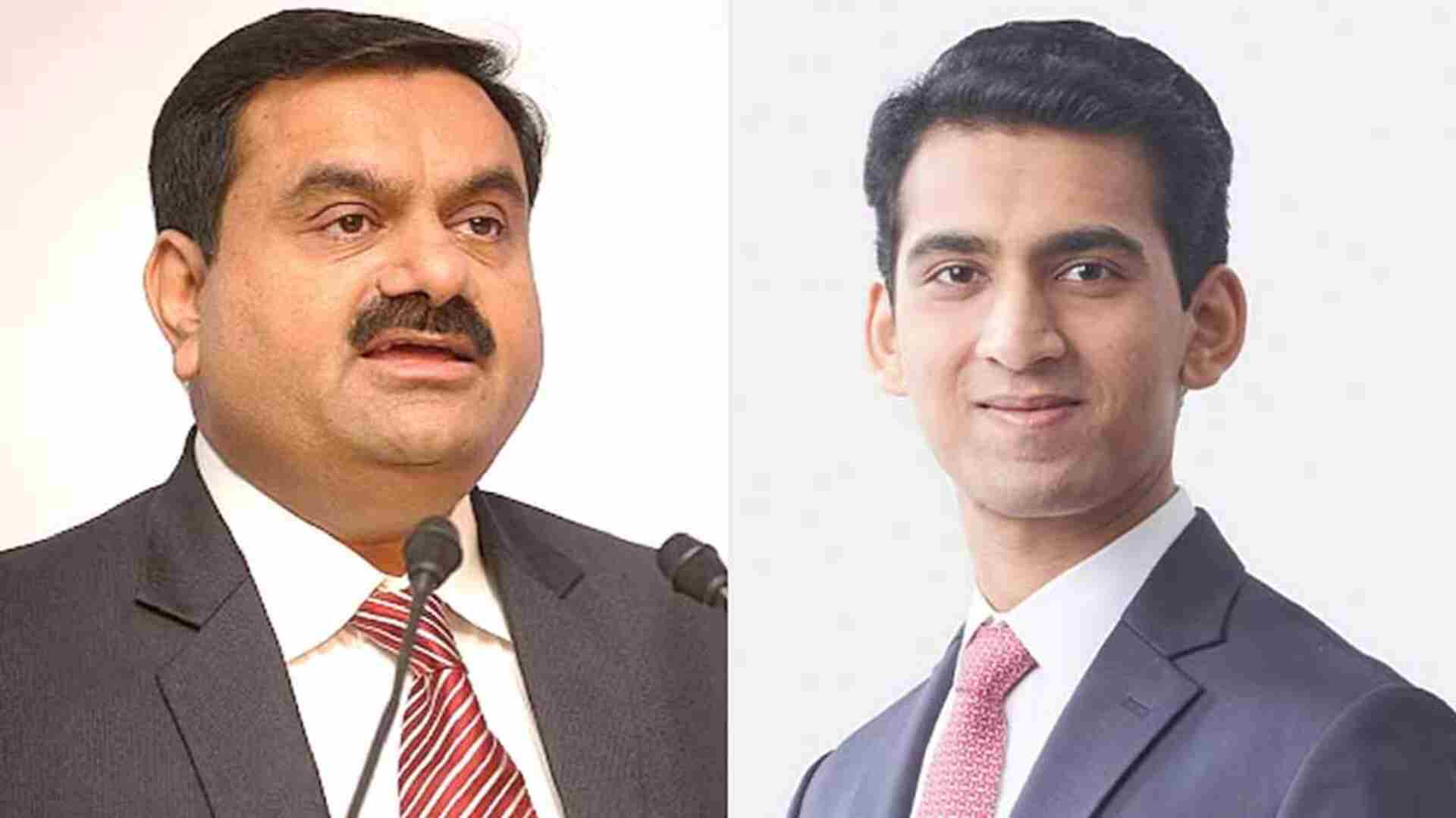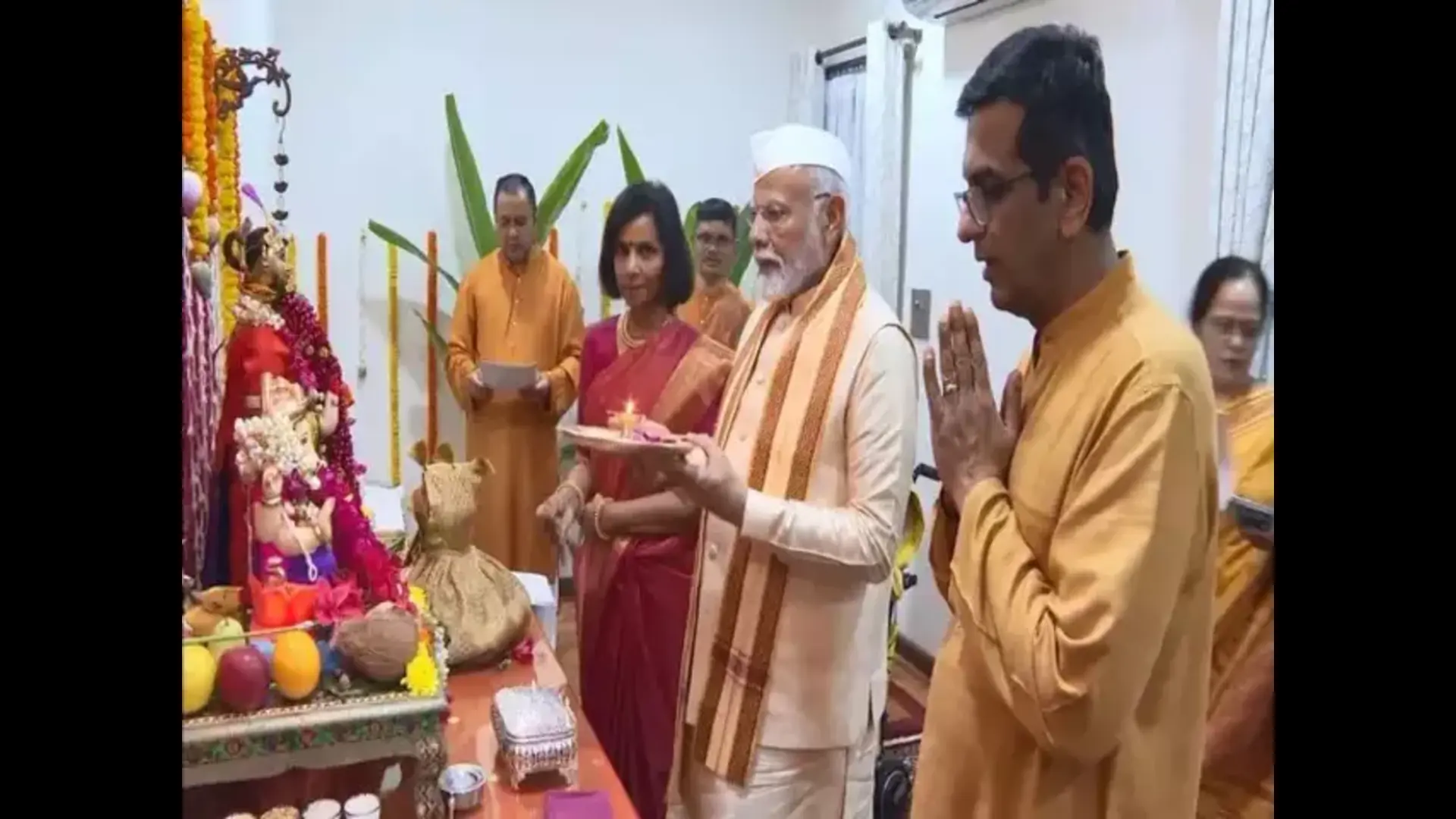
Today’s fast-paced life has made it difficult to keep calm and remain grounded. A global pandemic, news of impending war, and blurring work-life balance have taken a toll on our mental health. In times like these, people are looking for well-being tools for having a sense of control over their lives.
Such one tool is mindful photography. It is about using photography as a way of meditation. Photography is not only a golden career opportunity but also a medium to reconnect with yourself. Not only does it fills up your memory box with heartwarming nostalgia but also offers multiple mental health benefits, when done mindfully.
Based on a retrospective data analysis at NumroVani, people who indulged in photography found themselves happier and joyous as they can express their hidden desires and unexpressed thoughts through the form of visuals. Here’s everything you need to know about using photography as a way of meditation.
What is Mindful Photography?
Mindfulness is a type of meditation that can be practiced at any given time while doing any activity. Mindful photography is bringing mindfulness to your photography sessions.
It is a well-being facilitating method to remain in the present through the medium of visuals. The focus is not on the quality of photographs but on connecting with nature, the environment, and yourself via photography.
It’s more about refreshing your mind in the process, rather than the end result. It doesn’t require a professional camera, nor does it require any latest setup. A simple camera or your smartphone will work just fine.
How mindful photography can help your mental health?
Practicing mindfulness in photography allows you to tap into your creativity, unleashes an artistic side of yourself that was unknown before, and works as a revitalizing activity. Here’s how mindful photography can help your mental health –
Introduces Self-awareness
When you walk with a camera in your hand looking for the perfect scenic image in the ordinary, you permit yourself to be receptive to the images that come to you.
In a way, you uncover your conscience and personal taste by recognizing your likes and dislikes. It’s a great way to know where your interests lie, what attracts you naturally, and makes you a more self-aware person overall who is capable to cut off the distraction.
Feel Good Hormones are on rise
The mere act of creating and looking at art releases feel-good hormones such as endorphins and serotonin exemplary for your mental health.
Mindful photography facilitates the flow of these natural stress-busters. It also curbs the release of the stress hormone “cortisol” and hence, provides relief from stress and anxiety.
Enjoy in Present
In mindful photography, the focus is on capturing the things that bring you joy, happiness, serenity, and fascination. The subject can be anything – from an old dense tree to sunlight peeking through clouds.
As its aim is not the quality of the end result but the experience of capturing what brings you joy, there’s no judgment. In a world where every single thing is done except an outcome, mindful photography allows you to enjoy without the pressure to deliver.
Gratitude is Key
Gratitude is the fundamental aspect of well-being and essential for good mental health. Often, we fail to acknowledge the little things that are so easily available to us due to the everyday chaos.
Mindful photography provides us with reasons to be thankful. After all, how often do we stop to notice and appreciate dew drops on leaves or different color textures in the sky?
How to practice mindful photography?
Location for mindful photography –
You can either choose a scenic place to carry out your practice or just go where the path takes you. In the latter case, take safety measures seriously. While nature nurtures well-being, the practice can be carried out even in the heart of a city.
Preparation
Before commencing your mindful photography practice for the day, take a few moments to prepare for the wonderful adventure. Begin by taking 10-20 deep breaths. Express gratitude for having the opportunity to explore the environment. And make a decision to experience but not judge the activity.
Engage the five senses
Like any mindfulness practice, try to engage one or all of your senses: sound, sight, sound, smell, touch, and taste. This allows you to experience the world around you, increase your awareness, slow down and live in the present moment.
Sidhharrth S Kumaar, Chief Happiness Officer at NumroVani, is an Astro Numerologist and life and relationship Coach on a mission to transform human lives by curating synergy between human aura and cosmic universe by leveraging traditional intellectual knowledge of Bharat.















